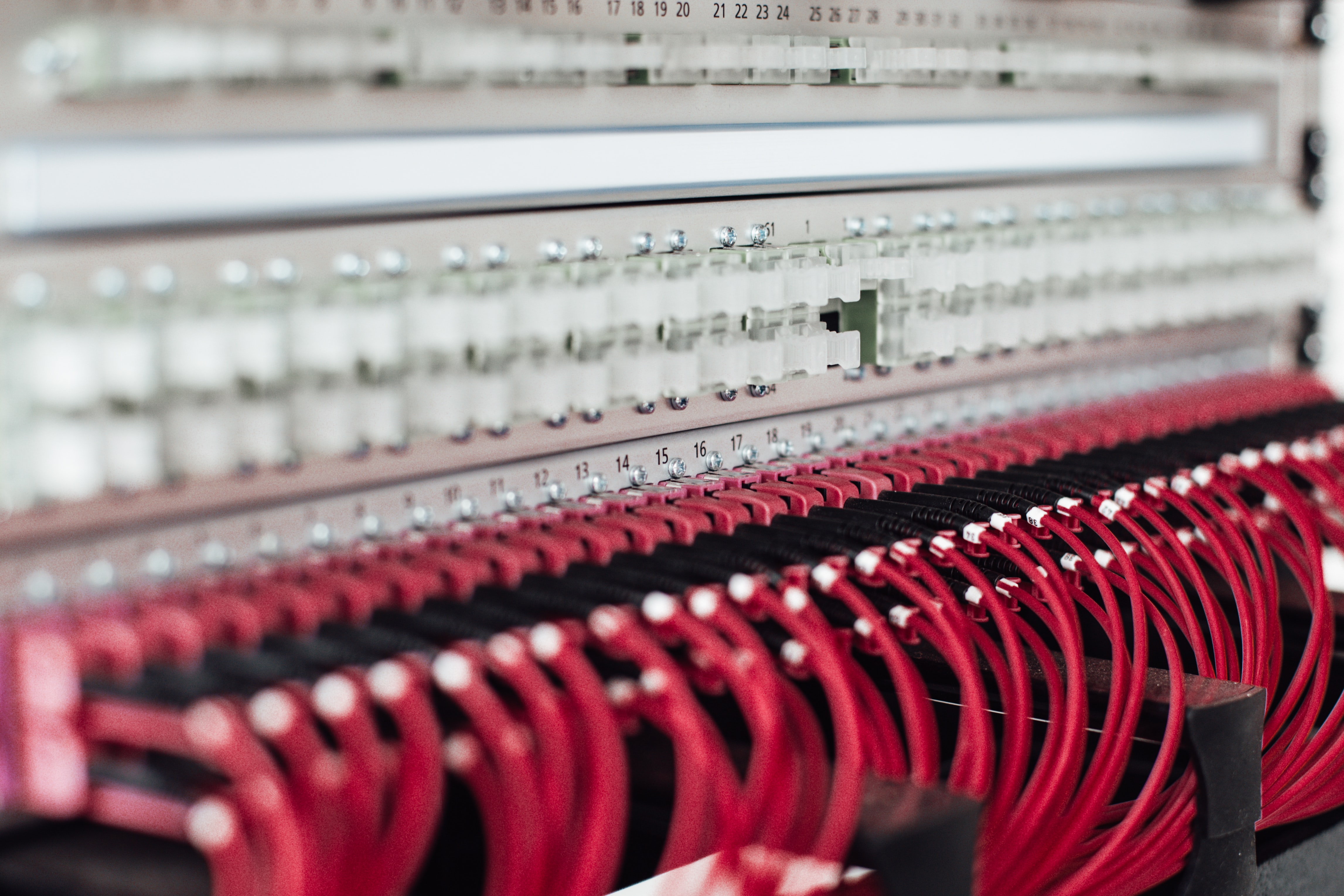For those of us involved in some capacity in “the industry” – some who can remember as far back as wood-grain boxes that enabled users to watch twenty channels – we have confidently applied a name to the business: broadband.
It’s no secret that technology continues to outpace even the nimblest marketing plans. So how do we outsmart smart homes and stay relevant to consumers? I sat with our CEO Michael Caccavale to discuss.
Gary Satterfield and I go way back. We met while I was working on a marketing research project for Gary twenty years ago at a utility. And he’s since gone on to become an expert in the retail energy space and was kind enough to sit down with me and my team to talk shop. The topic of deregulation, removing restrictions in a particular industry, ran a thread through much of our conversation. This has implications for consumers – and therefore, marketers.
As marketers – and as consumers – connecting the dots between previous and future behavior is the key to appreciating a good offer when we see one. And today, that’s not as simple as recommending a fun pair of boots after I bought designer jeans. With our offices, mobile devices, and homes all connected and talking to each other, being on time and on message is increasingly complicated. I recently sat down with our CEO Michael Caccavale to talk about the challenges and opportunities that marketers can uncover when we look at the smart home market.





